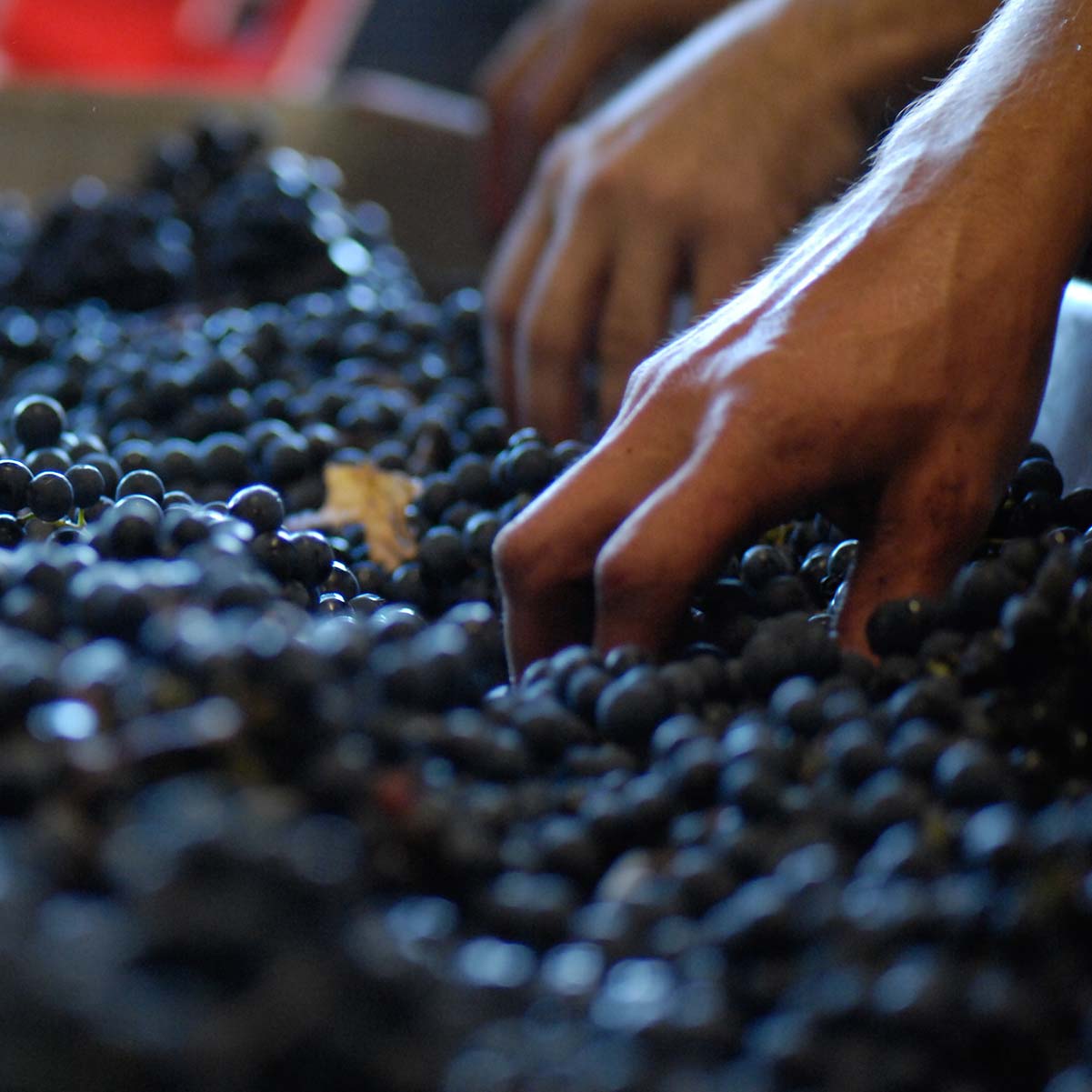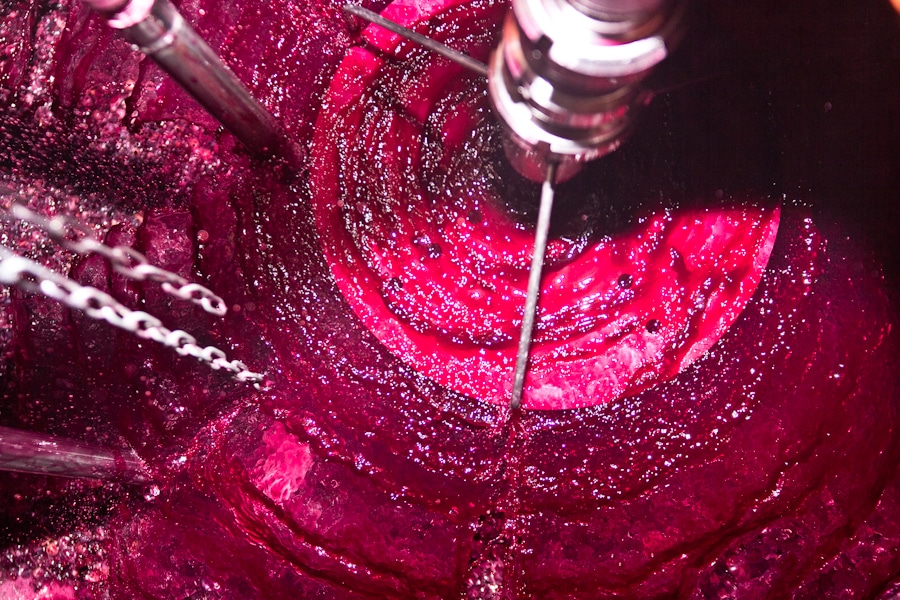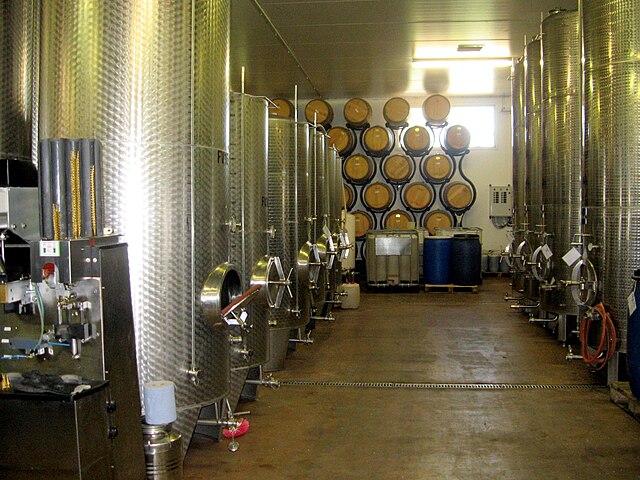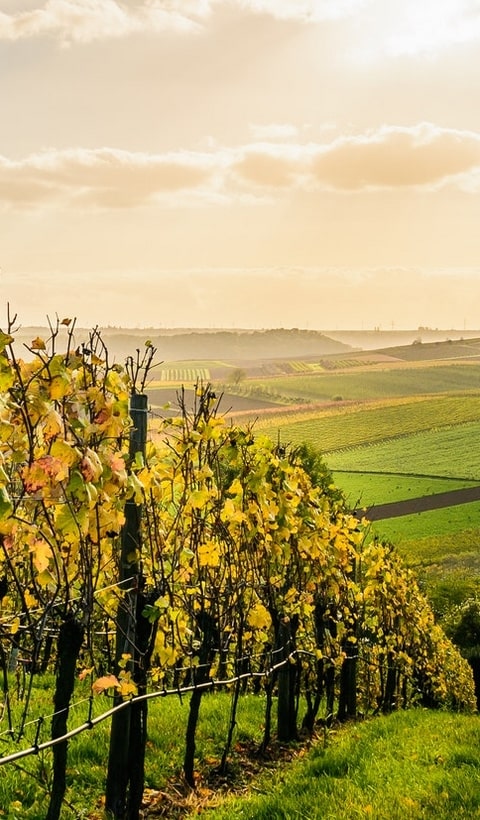Cellar Work at Châteauneuf-du-Pape: From Harvest to Maturing
Cellar Work at Châteauneuf-du-Pape: From Harvest to Maturing
After a year of rigorous work in the vineyards, the grape harvest marks the beginning of an essential new stage: their transformation into wine. At
Grape Sorting: A Merciless Selection
As soon as the grapes arrive in the cellar, they are rigorously sorted to ensure that only the best berries are kept. This selection is vital to guarantee a wine ofexcellence.
✔ Manual or mechanical sorting: Some estates, like Domaine du Vieux Télégraphe, favor manual sorting for ultra-precise selection, while others, like Domaine de la Janasse, use vibrating tables to separate perfect berries from undesirable elements.
✔ Partial or total destemming: Le Clos des Papes favors total destemming to obtain silky tannins and beautiful finesse, while other estates leave part of the stalks to bring more structure.
✔ Light crushing or whole bunch vinification: Domaine Charvin, a follower of tradition, often vinifies whole bunches, giving its wines exceptional freshness and depth.
This strict sorting process guarantees an irreproachable raw material, essential for expressing the richness of the terroir.
Maceration: extracting the quintessence of the grape
Maceration is a key stage where skins, seeds and sometimes stalks infuse the juice, releasing color, aromas and tannins.
✔ Variable duration: Some estates practice short maceration of 10 to 15 days to preserve the freshness of the fruit, while others, like Château de Beaucastel, opt for long macerations of over 30 days, giving powerful wines cut out for ageing.
✔ Extraction techniques:
- Pumping over and punching down: Domaine du Pégau favors manual punching down for a smooth, even extraction.
- Gentle decoctions: Some winemakers prefer slower extractions to enhance the elegance of the tannins.
Vinification: Turning Juice into Wine
Once maceration is complete, the wine enters a new, decisive phase in which the winemaker’s expertise is of prime importance.
✔ Delicate pressing: The wine is separated from the marc (solids). Some estates, such as
✔
✔
- Le Clos des Papes favors a balanced blend of Grenache, Syrah and Mourvèdre.
- Château Rayas, renowned for its exceptional wines, uses mainly pure Grenache, producing wines of legendary finesse.
Each winemaker adjusts these parameters according to his own style and terroir, sculpting the personality of the vintage.
Maturing: refining the wine before bottling
Ageing plays a fundamental role in the development of aromas and wine structure.
✔ Choice of container:
- Oak foudres: Domaine de la Janasse favors large foudres for gentle ageing that respects the expression of the fruit.
- Barrels: Domaine Saint-Préfert uses French oak barrels, offering subtle woody and spicy notes.
- Concrete or stainless steel vats: Font de Courtedune and Domaine Charvin avoid wood altogether, preferring concrete vats to preserve the purity of the fruit.
✔ Length of ageing: Some estates age their wines for 12 months to retain maximum freshness, while others, like Le Vieux Donjon, practice long ages of up to 24 months, bringing complexity and structure.
✔ Racking and filtration: Some wines are clarified naturally, while others undergo light filtration before bottling.
This patient ageing allows the wine to refine, integrate its tannins and develop an exceptional aromatic palette, guaranteeing long ageing potential.
Precision work for exceptional wines
Each Châteauneuf-du-Pape estate has its own methods, but all share the same objective: to express the terroir and preserve the richness of each vintage.
✔ Domaine du Vieux Télégraphe favors authenticity with powerful, mineral wines.
✔ Château de Beaucastel, a pioneer of biodynamic viticulture, relies on the complete blending of 13 grape varieties for a unique expression.
✔ Clos des Papes favors gentle vinification, yielding fine, elegant wines.
✔ Domaine Charvin, adept at whole-cluster vinification, produces silky, fresh wines.
From harvesting to ageing, each decision shapes the wines’ signature, giving rise to powerful, elegant cuvées of incredible complexity.
Each bottle tells the story of the grape, the terroir and the winemaker’s know-how, offering an exceptional wine every time. 🍷✨



